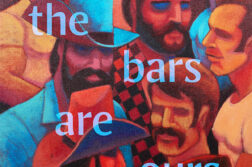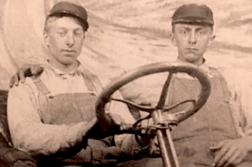A LETTER to the Editor in the January-February 2010 issue of this magazine sparked my interest in the Knights of the Clock, America’s first integrated gay and lesbian social club, founded in Los Angeles in the early 1950s. In the words of a 1956 publication titled Homosexuals Today; A Handbook of Organizations & Publications, its aim was “to promote fellowship and understanding between homosexuals themselves, specifically between other races and the Negro. … Special attention was given to the housing problems of interracial couples, of which there were several in the group.”
Archivists at ONE, Inc., in L.A. provided me with photocopies of original material, including full names of men, first names of women, addresses of members of the organization, and notes about meetings and social events. (At an early meeting it was known as the “Cloistered Loyal Order of Conclaved Knights of Sophisticracy,” and its organizational structure was inspired by Freemasonry. Those trappings soon faded away.) The article based on my research, “Unearthing the ‘Knights of the Clock,” was published in the May-June 2010 issue. A decade later, another Letter to the Editor (November-December 2020) inspired me to revisit my research and see what might have surfaced in the intervening years.





